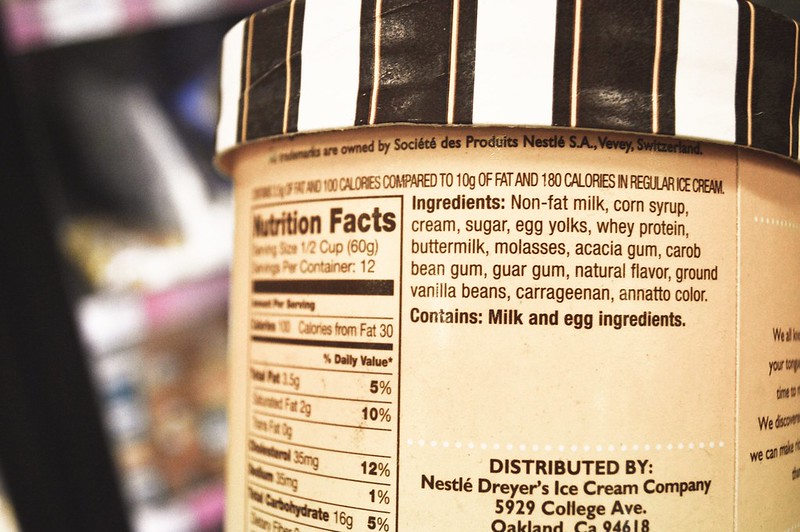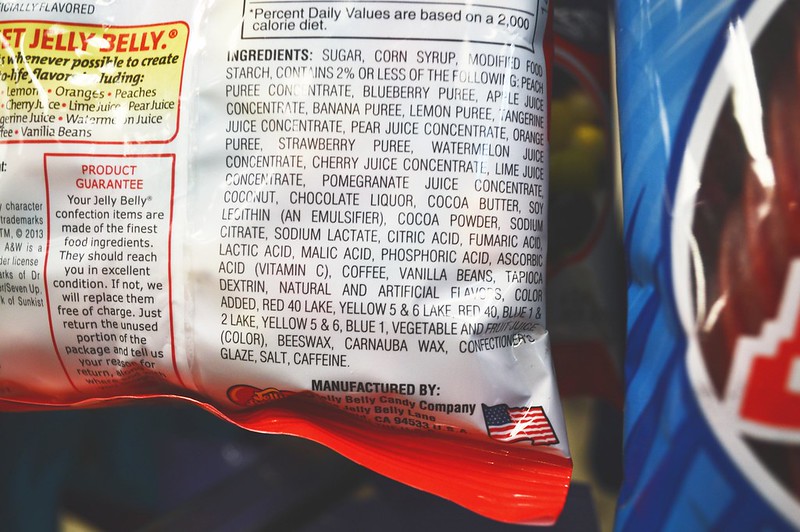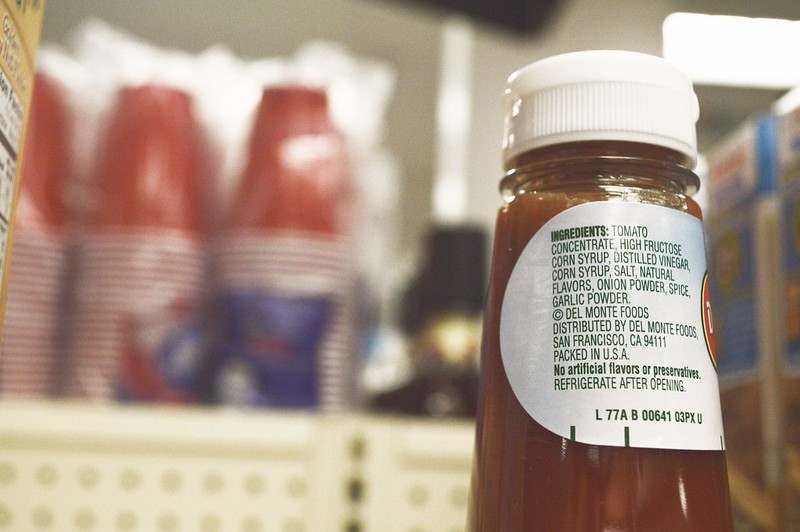It seems intuitive to believe that the bottle of naturally flavored raspberry iced tea you cradle in your hand is exactly that – naturally flavored. When you read the label on your bottle of tea, you read the two words “naturally flavored” and assumed that the notes of raspberry infused into your mildly earthy, mostly sweet tasting beverage would come from real raspberries. Likewise, the “natural” vanilla ice cream in your freezer should rely on flavors extracted from real vanilla beans, right?
Don’t be so quick to come to such conclusions. Instead, consider the notion that the vanilla in your ice cream comes solely from the vanilla orchid. Because, plot twist, it may have come from a beaver’s back end.
Castoreum is a chemical that beavers secrete from glands located, to put it lightly, on their posteriors. Due to its vanilla-esque fragrance, food scientists have developed ways to process it and to use it as a flavoring for foods. In other instances, though less common, castoreum is also used to impart foods with raspberry or strawberry flavors. Due to the wording of the FDA’s guidelines, which states that any ingredient derived from an originally living thing can be labeled as a natural flavor, vanilla flavoring derived from castoreum can be labeled accurately, albeit misleadingly, as a natural flavor on the packaging of the foods you eat.
Just as odd might be the prospect that the “naturally” vanilla flavored foods you eat could theoretically have been flavored using compounds extracted from cow poop. In 2007, scientist Mayu Yamamoto was lauded for developing a method to extract vanillin, the chemical responsible for the vanilla flavor, from cow poop.
Other unexpected sources of the seemingly mundane ingredients in your food include cochineal insects, lac insects, and feathers. These are used to provide red food coloring, shellac that is used to make confectioner’s glaze, and additives used in baked goods, respectively. Also, while it isn’t listed as an ingredient, isinglass, a product made from the swim bladders of fish, is used by some breweries to strain beer (hint – Guinness).
Before you start gagging uncontrollably, note that vanilla flavoring from castoreum accounts for a relatively small proportion of vanilla flavored foods – the reason being that beavers are about as compliant to supplying castoreum as you might be to eating it. At the same time, since formulations of flavors are considered trade secrets by food companies, they’re often labeled under the generic catch-all, “natural flavors,” which is a phrase that appears ubiquitously on ingredient lists.
What you don’t know won’t kill you, but it also won’t keep you from diving into your ice cream with wild abandon. If it tastes about the same, does it really matter where its vanilla-ness comes from, beaver or flower?





